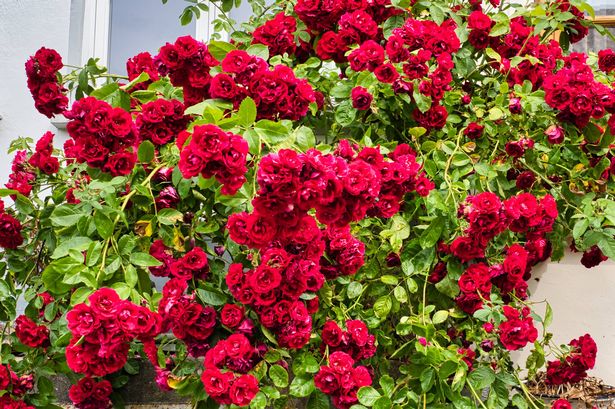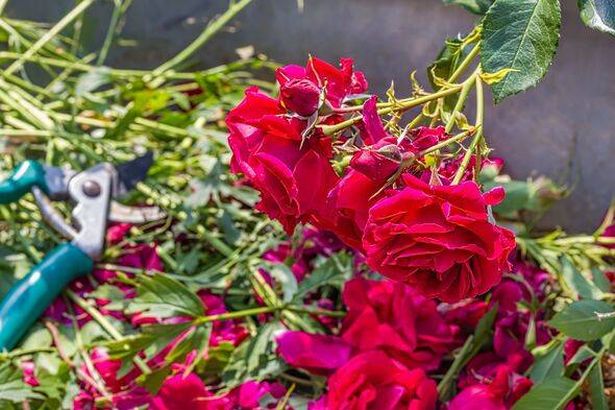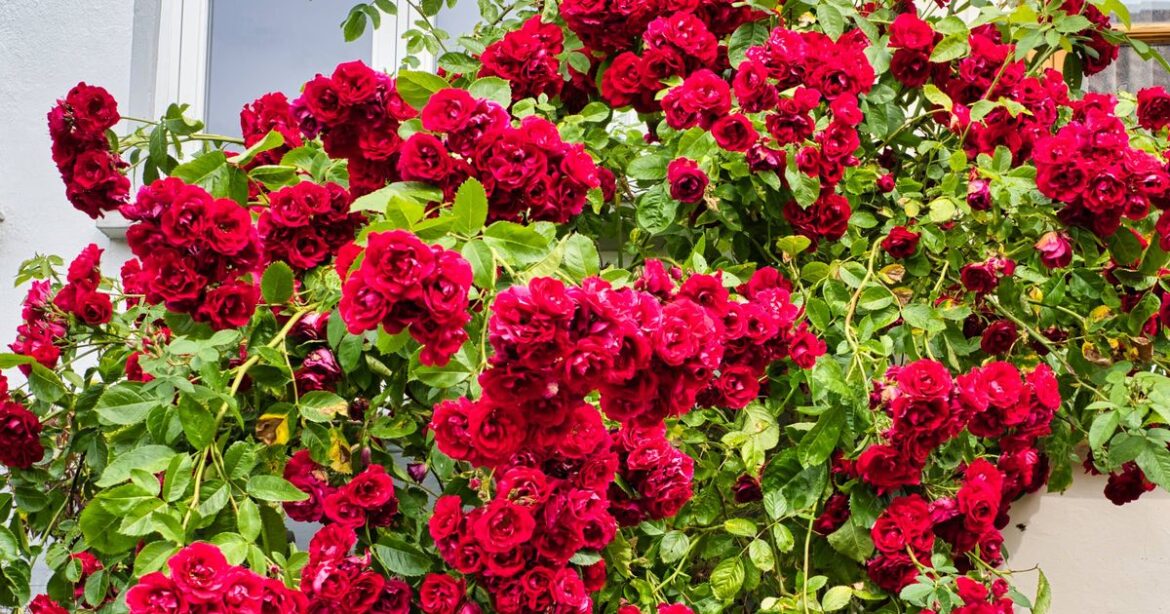Roses are a staple in many gardens, but they need a little bit of care and attention in the autumn months to ensure they bloom beautifully next year. Here’s what to do Roses are surprisingly versatile, flourishing in our mild, frequently unpredictable climate(Image: Ventura Carmona via Getty Images)
Roses are surprisingly versatile, flourishing in our mild, frequently unpredictable climate(Image: Ventura Carmona via Getty Images)
Roses are beloved for their extended blooming period, glorious fragrance, and classic charm. They’re surprisingly versatile, flourishing in our mild, frequently unpredictable climate when provided with sunlight, nutrient-rich, moisture-holding yet well-drained soil, and some protection from dominant winds.
Whether climbing over an archway or cultivated in a container on a terrace, there’s a variety suited to every garden and aesthetic, from traditional cottage plots to modern urban spaces. It’s natural to view roses as summer performers, but they also provide winter interest and, in numerous varieties, hips for birds and other creatures.
Though it may be appealing to neglect roses once the final blooms disappear, gardeners are cautioned against complacency if they desire spectacular flowers in the coming year.
As Andrew Mills, head gardener at Blenheim Palace, explains, November is the moment to “tend to roses” through pruning, especially climbing varieties.
It’s equally crucial to secure the stems before autumn gales inflict harm. He said: “We will be pruning down our roses by 50% in height to reduce the effects of wind rock”, reports the Express.
 November is the moment to “tend to roses” through pruning(Image: Getty)
November is the moment to “tend to roses” through pruning(Image: Getty)
Gardeners’ World also emphasises that wind rock during the colder months can disturb roots, permitting moisture to seep around the base and hinder plants come springtime.
Climbing roses are ideally pruned in autumn, following their flowering period, but it is vital to preserve the principal framework of stems intact, unless they’re extending past their supports.
The gardening specialists recommend “simply prune the side shoots to four healthy buds”. When it comes to trimming climbers, always snip just above a bud that points in the direction you want the new stem to sprout.
Avoid cutting above a bud that will steer growth towards the garden path, for instance.
Gardening gurus like Monty Don advise saving the main pruning for late winter or early spring (December to February/March), when the plant is dormant and leafless, making it easier to see the structure.
Rambling roses are not the same as climbers and don’t require pruning in November. The Royal Horticultural Society suggests the main pruning time to be shortly after blooming in the summer.
In autumn, the emphasis is on tidying up, removing any dead or damaged stems, and securing new growth.
Miniature and patio roses, as well as shrub roses, including English/David Austin types, benefit from a light trim in November to reduce height and wind leverage, with the main pruning for shape and renewal reserved for late winter.
Gardeners cultivating hybrid tea or floribunda roses should hold off until late winter to prune. However, they may benefit from a light ‘de-sail’ in November to shield them from harsh winds.
Given the season, roses also profit from some damage control in the form of disease prevention.
It’s worth removing any remaining foliage that shows signs of disease, such as black spot, mildew, or rust, when pruning your roses, according to Gardener’s World.
They also recommend gathering any infected leaves that have fallen onto the ground, as these can carry diseases from one year to the next.


Comments are closed.